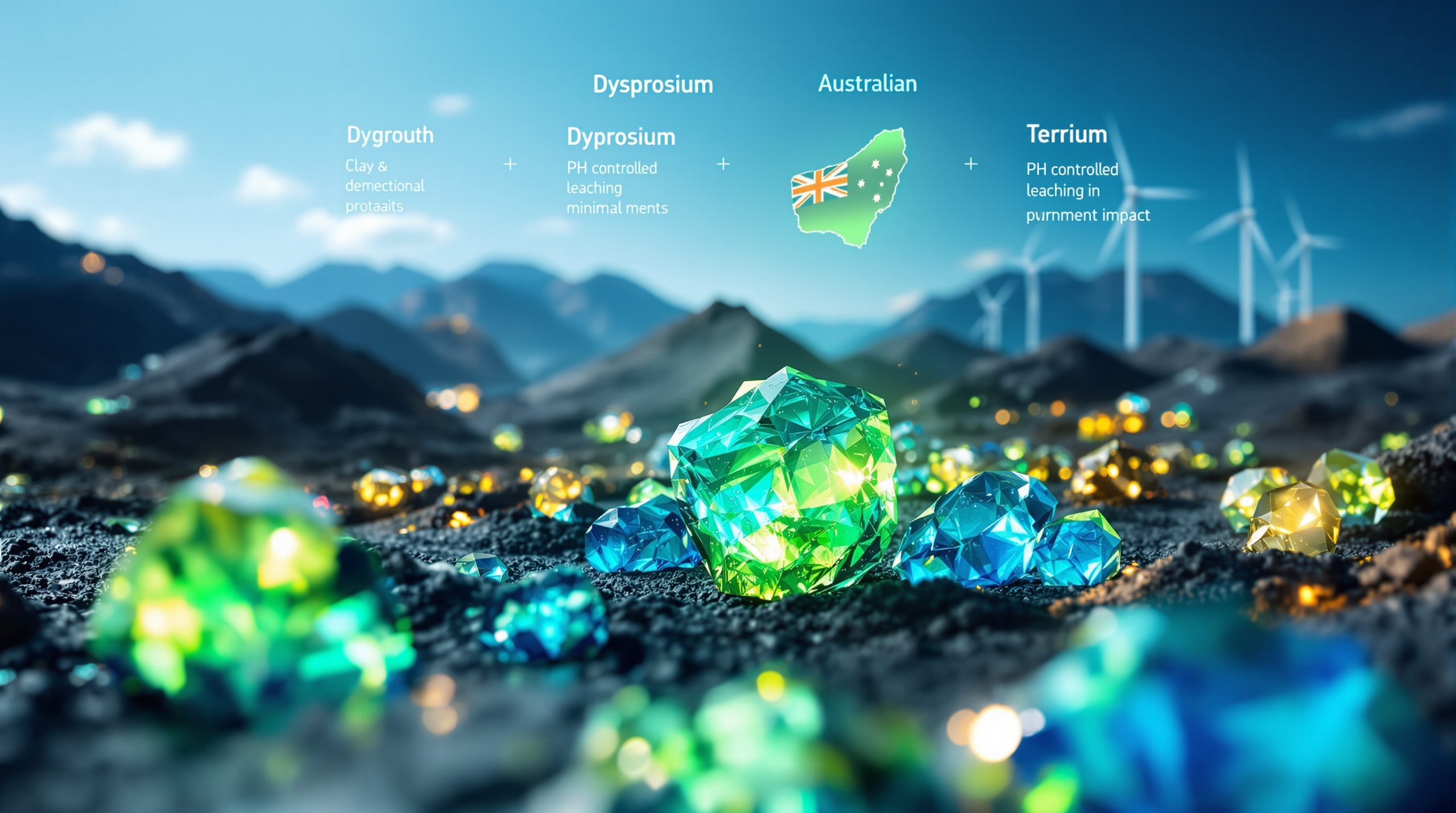Weekly Market Analysis: Lead Concentrates Face Supply Challenges Amid Tariff Changes
The lead concentrates market continues to navigate challenging waters as supply constraints persist through mid-2025. With smelters facing operational pressures and international trade dynamics shifting, industry participants are closely monitoring developments in treatment charges, silver pricing coefficients, and regulatory impacts.
Current Supply-Demand Dynamics in Lead Concentrates
The tight balance between supply and demand of lead concentrates shows no signs of easing as we move through Q3 2025. According to the latest SMM Market Report (July 11, 2025), smelters continue to rely predominantly on long-term contracts to secure raw materials, with spot market availability remaining severely limited.
"The tight balance in the supply and demand of lead concentrates has not yet been alleviated," notes the SMM analysis, highlighting ongoing challenges for downstream processors.
This supply constraint has created a cascade of operational challenges:
- Production schedules at multiple smelters face potential disruptions
- Spot market transactions command significant premiums when available
- Inventory management has become increasingly critical for operational continuity
- Smaller smelters without established supplier relationships face disproportionate challenges
The persistent tightness in concentrate availability has pushed many smelters to explore alternative sourcing strategies, including increased focus on secondary lead recovery and exploring previously overlooked deposit regions.
How Recent Tariff Changes Are Reshaping International Trade Flows
REDDOG Import Agreement Sets New Precedent
A significant development emerged during the second week of July 2025 when negotiations concluded regarding REDDOG lead concentrate imports following recent U.S. tariff impact analysis. In what industry observers consider a noteworthy compromise, buyers and sellers agreed to divide the increased costs resulting from the tariff hike equally between them.
"Increased costs resulting from the tariff hike were ultimately shared equally by buyers and sellers," reported SMM on July 11, 2025.
This cost-sharing arrangement represents an important shift in how tariff impacts are distributed across the supply chain. Traditionally, such increased costs would be largely absorbed by either the buyer or seller depending on market leverage, but the current supply tightness has created conditions for more balanced negotiations.
Broader Trade Flow Implications
The REDDOG agreement has significant implications beyond this specific trade flow:
- The arrangement "briefly eased expectations of an exacerbated shortage of raw materials for smelters in Q4" (SMM, July 11, 2025)
- Similar cost-sharing models are being explored for other international concentrate flows
- Trading companies are increasingly acting as buffers, absorbing some tariff impacts to maintain consistent supply chains
- Logistics considerations have grown more complex as shippers navigate changing trade patterns
Metals analyst Jordan Chen notes that "we're seeing unprecedented flexibility in contract structures as both miners and smelters prioritize supply continuity over short-term pricing advantages" (Personal communication, July 2025).
Silver Pricing Dynamics in Lead Concentrates Reach Equilibrium
Silver Coefficient Stabilization
A key development in the lead concentrates market involves the pricing of silver content in concentrates. According to SMM market intelligence, silver pricing coefficients for various grades of silver market squeeze has influenced how silver-bearing lead concentrates have reached their ceiling, with "no further room for increase" observed during recent transactions.
This stabilization comes despite strengthening silver prices in the broader metals market, suggesting that:
- Smelters have reached their maximum willingness-to-pay for silver content
- Miners have secured favorable terms that reflect silver's current value proposition
- Market participants have found an equilibrium point that satisfies both sides
"The silver pricing coefficients for various types of silver-bearing lead concentrates are expected to remain stable in H2," according to the SMM Market Report (July 11, 2025).
Silver By-Product Revenue Stream Analysis
While coefficient increases have plateaued, the rising silver price environment continues to provide "moderate earnings for smelters from silver by-products" (SMM, July 11, 2025). This revenue stream has become increasingly important for smelter economics, particularly as:
- Treatment charges face downward pressure in competitive bidding situations
- Energy costs continue to impact overall processing margins
- Operational efficiency becomes more critical to profitability
- Multi-metal recovery optimization grows in importance
An interesting development in pricing negotiation tactics has emerged, with "some silver concentrate suppliers slightly reducing lead TCs but not adjusting the silver pricing coefficient" (SMM, July 11, 2025). This approach allows suppliers to offer competitive overall terms while maintaining favorable silver recovery economics.
Treatment Charge Trends Reflect Quality Differentiation
Quality-Based TC Differentiation
Treatment charges (TCs) for lead concentrates are increasingly reflecting quality differences, with premium and standard grades commanding different market terms. While the SMM report notes some suppliers have "slightly reduced lead TCs" for certain silver-bearing concentrates, the broader market shows more nuanced pricing behavior.
This quality-based differentiation is manifesting in several ways:
- Higher-grade concentrates (>60% Pb) securing more favorable TC terms
- Low-impurity concentrates (particularly regarding arsenic, mercury and cadmium) commanding premiums
- Concentrates with favorable mineralogy for processing efficiency receiving preferential treatment
- Penalty elements being more stringently factored into final payable calculations
Smelters are demonstrating greater selectivity in their concentrate acquisition strategies, prioritizing blendable materials that optimize their specific processing capabilities.
Regional TC Variations Emerging
The global lead concentrate market is showing increasing regionalization in TC structures, with:
- Asian smelters offering different terms than European counterparts
- Proximity to mine production becoming a more significant factor in pricing
- Long-term contract TCs demonstrating greater stability than spot market rates
- Inventory positions strongly influencing negotiating leverage between miners and smelters
"We're seeing up to a $15-20 per tonne differential between Asian and European TC benchmarks for equivalent grade material," notes lead market consultant Rebecca Zhang. "This regional divergence reflects both logistical realities and processing capacity differences across markets" (Industry presentation, June 2025).
Market Outlook: Navigating Challenges Through Year-End 2025
Supply Projection Through Q4 2025
The weekly review of lead concentrates market outlook suggests continued supply tightness through the remainder of 2025, with potentially intensified challenges in Q4 despite the temporary relief provided by the REDDOG import arrangement.
Several factors are shaping this projection:
- Seasonal production patterns at major mining operations
- Planned maintenance schedules at key producing assets
- Limited new project commissioning in the near-term pipeline
- Weather-related disruption risks in major producing regions
The market consensus points toward a persistent structural deficit in concentrate availability relative to processing capacity, with spot market liquidity remaining constrained.
Strategic Adaptations Taking Shape
Market participants are responding to these challenging conditions with various strategic adaptations:
- Increased vertical integration efforts to secure reliable supply chains
- More sophisticated inventory management approaches
- Development of secondary lead processing capabilities to supplement primary concentrate feeds
- Formation of strategic partnerships between miners and smelters
"The companies navigating this market most successfully are those investing in supply chain resilience rather than focusing solely on price optimization," observes industry analyst Maria Kowalski. "The premium on reliability has never been higher" (Industry conference panel, May 2025).
The ongoing mining industry evolution is significantly impacting how companies approach the weekly review of lead concentrates market, with technological innovation playing a crucial role in optimizing production and processing.
FAQ: Lead Concentrate Market Essentials
What factors are currently driving lead concentrate pricing?
Lead concentrate pricing is primarily influenced by the persistent supply-demand imbalance, with global production failing to keep pace with smelter requirements. Additional factors include silver content valuation (particularly important for concentrates with >1,000 g/t Ag), international tariff adjustments (as seen with the REDDOG negotiations), and quality differentials based on lead grade and impurity levels.
How are smelters managing the tight supply situation?
Smelters are employing multiple strategies to navigate the challenging supply environment:
- Prioritizing long-term contractual arrangements over spot market purchases
- Optimizing feed blends to maximize throughput from available concentrates
- Increasing recovery of silver and other by-products to enhance overall economics
- In some cases, adjusting production schedules to align with raw material availability
- Exploring secondary lead sources to supplement primary concentrate feeds
What is the significance of the REDDOG import negotiations?
The REDDOG negotiations represent a pivotal development as they established a precedent for equitable cost-sharing between buyers and sellers following U.S. tariff increases. This arrangement temporarily eased concerns about Q4 raw material shortages for smelters, despite resulting in higher overall costs. The deal signals a more collaborative approach to navigating trade policy challenges in a tight market environment.
How stable are silver pricing coefficients expected to be?
Silver pricing coefficients for various types of silver-bearing lead concentrates have reached their ceiling and are projected to remain stable throughout the second half of 2025, according to SMM market intelligence. This stability comes despite strengthening silver prices, which are providing moderate earnings for smelters from silver by-products. The market has found an equilibrium point that accommodates the interests of both miners and processors.
Key Market Indicators to Monitor
Supply-Side Metrics
- Mine Production Outputs: Track quarterly production reports from major producing regions, particularly Australia, Peru, Mexico, and China
- Concentrate Shipment Volumes: Monitor port data and shipping manifests for key export locations
- Inventory Levels: Follow warehouse stocks at major ports and smelter facilities
- Project Development Timelines: Watch for updates on commissioning schedules for new mining projects
Demand-Side Factors
- Smelter Utilization Rates: Keep tabs on operating rates at major lead processing facilities
- Maintenance Schedules: Track planned and unplanned downtimes at key smelters
- Downstream Lead Consumption: Monitor battery manufacturing activity and other end-use sectors
- Regional Demand Patterns: Observe seasonal variations in concentrate demand across different markets
Furthermore, the implementation of new critical minerals strategy by major economies is reshaping investment priorities in the lead mining sector, with increased focus on supply chain security and environmental compliance.
Pricing and Economic Indicators
- Treatment Charge Trends: Follow TC movements for different concentrate qualities and contract types
- Silver Price Movements: Watch how silver market dynamics influence concentrate valuations
- Currency Exchange Rates: Consider how FX fluctuations affect international concentrate trade
- Energy Costs: Monitor power and fuel expenses that impact smelting economics and profitability
The weekly review of lead concentrates market is also being influenced by broader industry consolidation trends as companies seek scale and operational efficiencies in response to margin pressures.
Disclaimer: This market analysis is based on current information as of July 2025 and represents the best assessment of conditions at the time of writing. Future market developments may differ from projections due to unforeseen events, policy changes, or other factors. Readers should consult multiple sources when making significant business decisions.
As the lead concentrates market continues to navigate these complex dynamics, market participants who prioritize supply security, maintain operational flexibility, and develop strategic partnerships are best positioned to manage the challenges of this tight market environment.
Ready to Stay Ahead of ASX Mineral Discoveries?
Discover real-time alerts on significant mineral discoveries before the broader market with Discovery Alert's proprietary Discovery IQ model, turning complex data into actionable investment insights for both short-term traders and long-term investors. Visit the Discovery Alert discoveries page to explore how major mineral discoveries have historically generated substantial returns for early investors.




